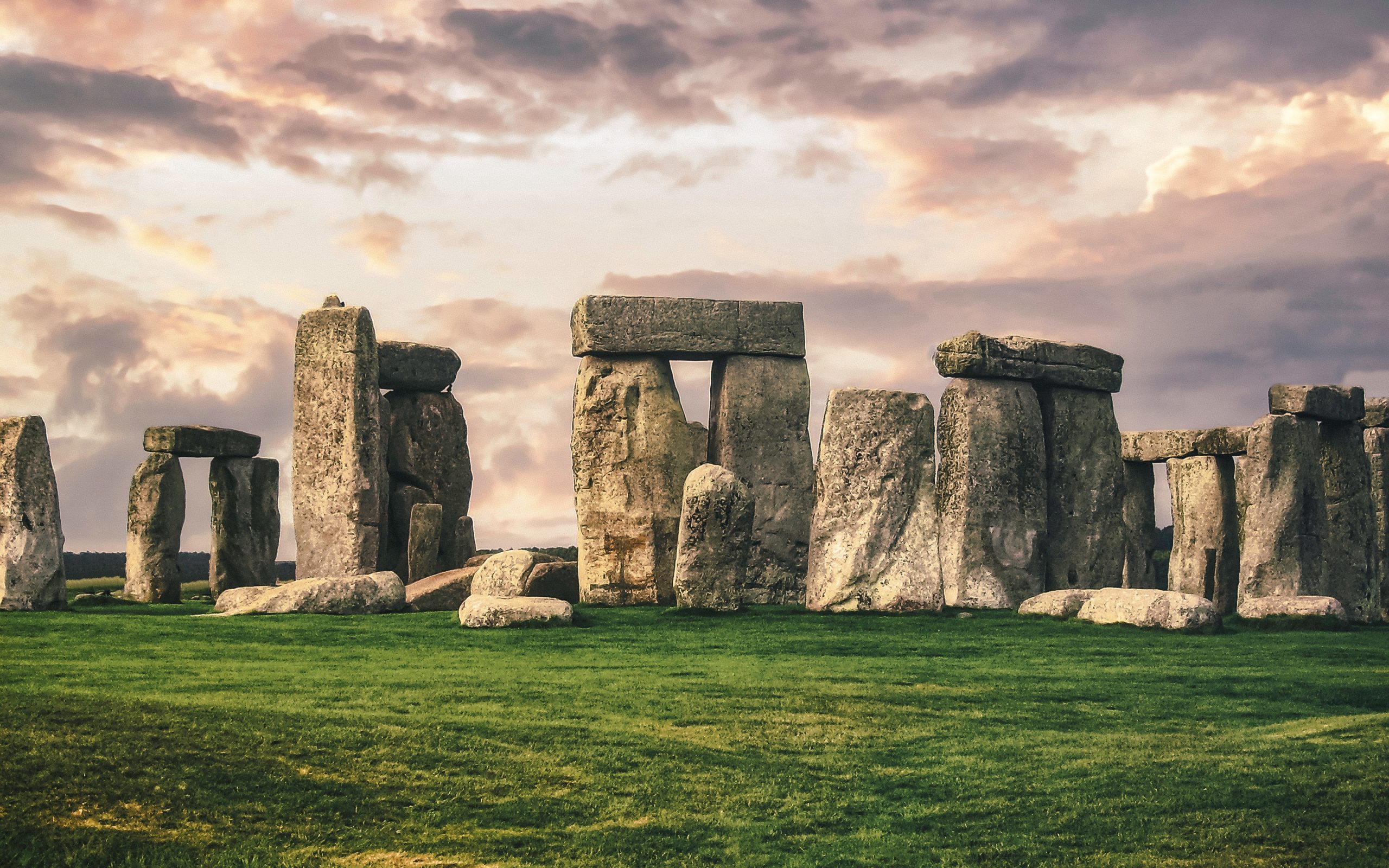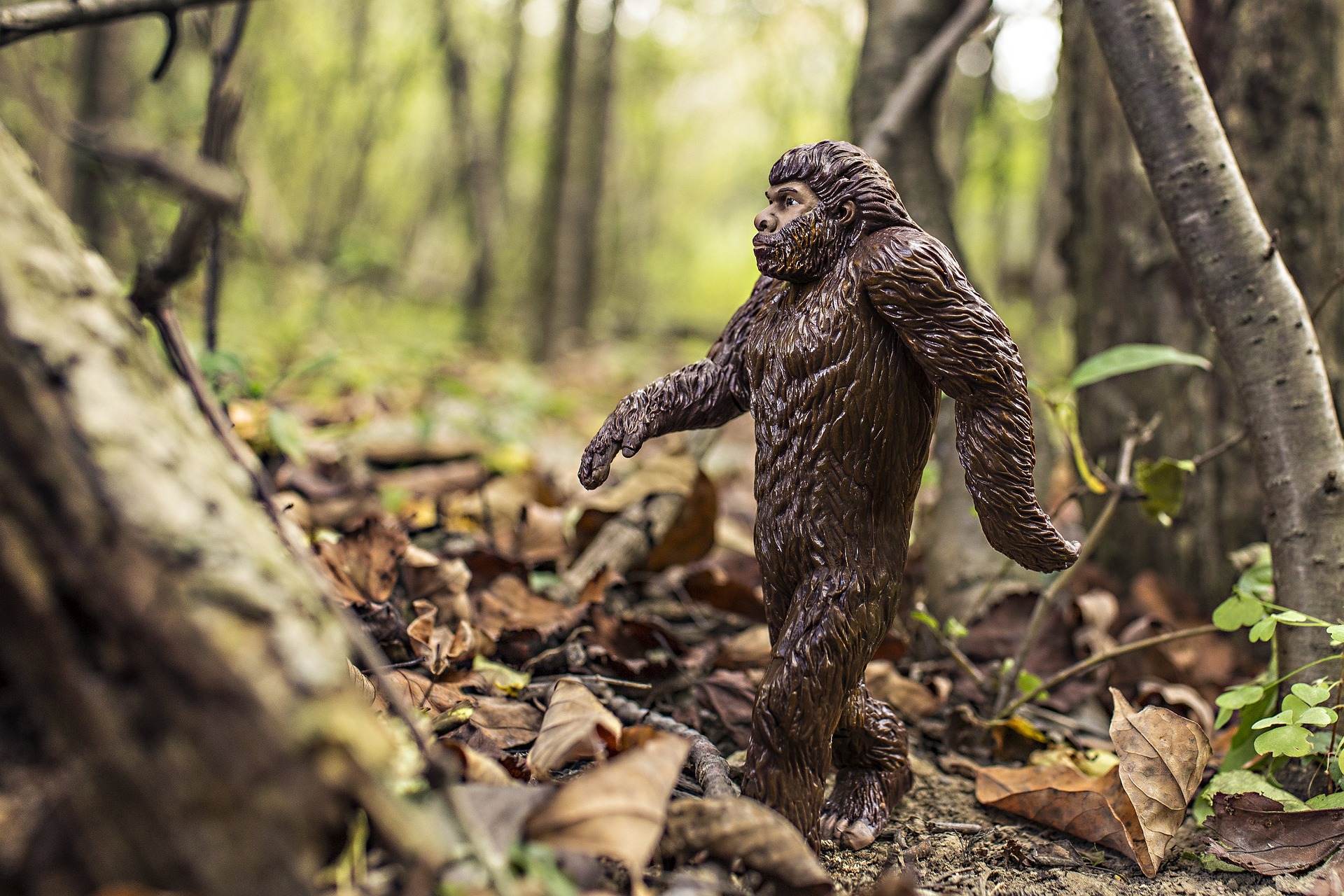It’s hard to watch films like Indiana Jones and Tomb Raider without putting ourselves in the shoes of their protagonists. But dropping life’s mundane responsibilities to go on a treasure hunt seems too fantastical to happen in real life. Well, what if we told you it could? Across the world is buried treasure just waiting to be found by a brave (and patient) adventurer like yourself. Below is our list of five real-life treasure hunts you can still embark on. Read to find out how you can get a piece of the hidden loot.

The Victorio Peak Treasure
In 1937, a man named Milton Ernest “Doc” Noss was deer hunting in Victorio Peak, a mountain range in southern New Mexico. While there, he stumbled upon a stone that seemed to be obscuring a man-made hole. After pushing aside the heavy stone, he discovered a mine shaft that led deep into the mountain. Things only got weirder when he climbed down the shaft.
After climbing several hundred feet down, he was brought to a large room filled with rare coins, valuable religious artifacts, and thousands of bars of pure gold. In a very Indiana Jones-esque turn of events, Doc also found 27 skeletons, tethered to stakes with their hands bound behind their backs. However, not even this could stop Doc from later returning to the shaft with his wife. The pair spent about two years carrying gold back and forth from the mine, slowly bringing all the treasure to the surface.
However, Doc was distrustful of his wife. While she slept, he would disappear into the desert, re-hiding portions of the gold, which to this day have never been found. He never truly benefited from his discovery, as private ownership of gold was outlawed at the time. Unfortunately, he was murdered in 1949, taking to his grave the secret of where the treasure had been reburied.
In 1952, the land known as Victorio Peak became a part of the US Army White Sands Missile Range, and civilians were not able to hunt for the treasure until 1989. Some believe that it had been covertly excavated by the US government, but this has never been officially confirmed or denied.

The Thomas Beale Ciphers
In 1816, Scottish naturalist Thomas Beale and his band of explorers were mining in the Rocky Mountains when they came across a sum of gold and silver said to be worth around $63 million by today’s standards. Instead of spending their new found wealth frivolously, Beale and his men hid the treasure somewhere in Bedford County, Virginia, as they wanted to ensure that their next of kin would be able to benefit from the massive fortune.
Beale then wrote three ciphers, the first detailing the location of the hidden treasure, the second describing its contents, and the third listing the names of Beale and the men’s next of kin, who were to eventually receive shares of the plunder. He placed these ciphers in a box that he entrusted to Robert Morriss, a local innkeeper. Beale told Morriss that he would return in 10 years. But if for some reason he didn’t, he would mail Morriss a key to decode the ciphers. Unfortunately, Beale never returned, nor did he mail Morriss the key. (Note: a cryptographic “key” refers to a piece of information that reveals how to decode a cipher text.)
As of today, only the second cipher–the one describing the contents of the treasure–has been decoded. If you think you’re up to the challenge of decoding the other two, they are published online.
The Oak Island Money Pit
Unlike the other treasure hunts on this list, we know where the Oak Island Money Pit is located. It’s accessing the treasure that’s the problem.
Initially discovered in 1795 by a local teenager named Daniel McGinnis, the Oak Island Money Pit is, as its name suggests, found on Oak Island, a small, mostly uninhabited island situated around the eastern coast of Nova Scotia, Canada. While exploring the island, McGinnis and his friends came across a strange indentation on the ground. It being 1795, the group had nothing better to do than dig, discovering man-made platforms every 10 feet downwards. Word of the Oak Island Money Pit soon became widespread, and treasure hunters from across the globe have since visited in an effort to salvage whatever may be buried at the bottom.
Now, you may be asking, “How do we even know there’s treasure at the bottom?” Good question. In 1804, a group of explorers called the Onslow Company reached a depth of 90 feet into the pit. There, they found something extraordinary: a stone tablet with a cipher engraved onto its surface. The decoded cipher reads, “40 feet below, 2 million pounds are buried.”
So why has the treasure not been excavated? Well, the pit contains a succession of sophisticated booby traps, which flood the tunnel with seawater when the dirt inside the pit is displaced. As a result of these traps, six people have lost their lives in pursuit of the treasure.

The 1715 Treasure Fleet
If you plan on hunting for this treasure, you better enjoy deep sea diving, as it can be found somewhere at the bottom of the Atlantic Ocean.
In 1715, Spain assembled a fleet of 11 ships to transport stolen treasure from Cuba to the motherland. The vessels were carrying about 2 billion dollars’ worth of gold and silver. In an effort to deter pirates from ransacking the ships, the Spanish decided sail right before hurricane season. This proved to be a fatal mistake.
Only six days after the ships set sail, a vicious hurricane sank all 11 of them. Seven of the ships have since been discovered near the coast of Florida. However, the main vessel, the San Miguel–rumored to contain the majority of the treasure–has never been found.

Blackbeard’s Buried Treasure
We can’t broach the subject of real-life treasure hunts without mentioning Blackbeard’s treasure. With Hollywood’s kid-friendly portrayal of pirates (think Jack Sparrow), we often forget just how cold-blooded they were. And Edward “Blackbeard” Teach was the most cold-blooded of them all. A true “pirate of the Caribbean,” Blackbeard spent two years pouncing treasure-laden Spanish ships, leaving no person unharmed in his amassing of what is one of the largest bounties of any pirate in history.
But where did all of it go? Blackbeard is said to have buried it in a secret location before his arrest and execution in 1718. Where exactly was never disclosed. His sunken ship, The Queen Anne’s Revenge was discovered in 1996, but the loot was nowhere to be found. The treasure is thought to be buried somewhere off the coast of North Carolina, where Blackbeard had spent years hiding from authorities.











One Response
I call dibs on Blackbeard’s Treasure.